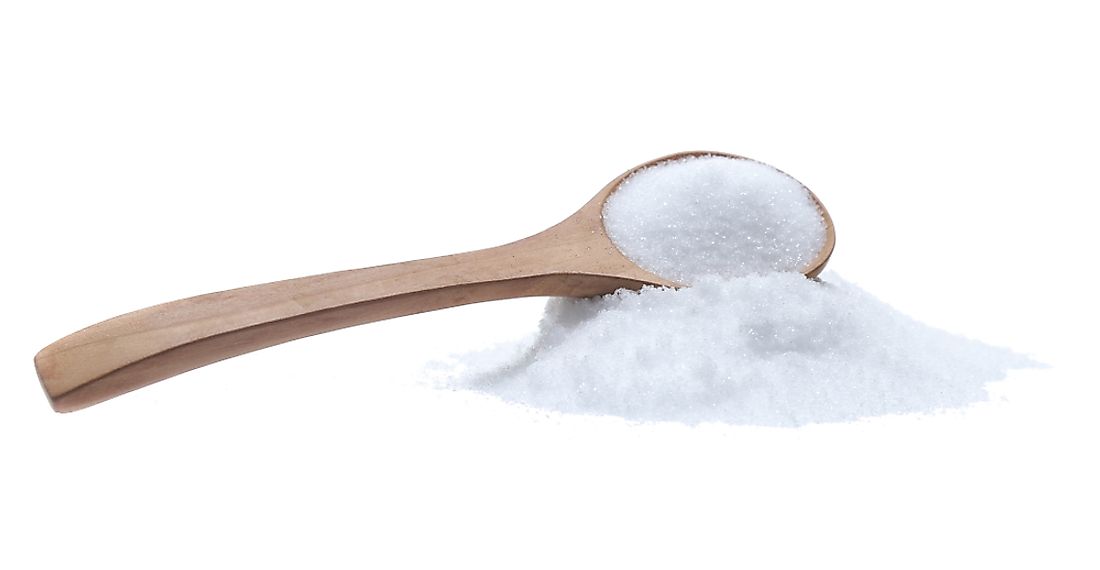What is Iodized Salt and Why is Access To It Important?

Just like any other element required by the body, iodine is an essential element necessary for growth and development. Thyroid glands located in the neck area needs iodine to manufacture thyroid hormones. These hormones are vital to the body because it regulates the metabolism, functioning of the cells, and regulation of the sleep. Iodine also helps remove toxic metals from the body by antagonizing halogens. Iodine acts as antibiotic which helps the body to fight infections mainly by improving the activities of the thyroid. Iodine can protect bacteria in the stomach from abnormal growth.
What are the consequences of iodine deficiency?
The common effect of iodine deficiency in the body is a goiter. Goiter is characterized by a swelling around the neck. The swelling is as a result of the increased biochemical activities in the thyroid gland resulting from high levels of thyroid-stimulating hormones. Deficiency of iodine may lead to cretinism, a condition characterized by stunted mental and physical growth. Lack of iodine in the body may also result in retarded mental development especially in growing babies. Other than hypothyroidism, lack of iodine in female enhances the sensitivity of the breast that may expose the breast to cyst development.
What are some natural sources of iodine?
Sea vegetables are good sources of iodine and contain 500% of daily requirement value of iodine per serving. Brown seafood like kelp has a higher iodine content compared to red sea vegetable. Shrimp, tuna, scallops, and salmon are also some of the iodine containing seafood. Some of the dairy food like milk and yogurt are also rich sources of iodine for the body while eggs also contain elements of iodine
How has the use of iodized salt advanced through the years?
Iodine was discovered incidentally in the 19th century by Bernard Courtois while extracting sodium salt for manufacturing of gunpowder. In 1813 a paper was presented on the new element where it was formally named iodine meaning the violet-colored. Further experiments revealed that the element was able to reduce the size of goiter in patients. In 1852, the condition of goiter was directly associated with a lack of iodine in the body by Adolphe Chatin. In 1896 Eugene Baumann discovered iodine in the thyroid glands. Iodized salt became available in US shelves in 1924.
Conclusion
Access to iodized salt is still a challenge in some of the developing countries. Less than 20% of households in countries like Ethiopia, Barbados, Haiti, Niger, and Afghanistan have access to iodized salt. In Djibouti, it is estimated that no households use iodized salt. Lack of access to iodized salt is attributed to the economic conditions of the family because the majority of the homes which cannot access iodized salt are mostly poor and live in rural areas. Lack of awareness on the benefits of iodine is also a major contributing factor to the lack of access to iodized salt. Most households are not aware of the dangers associated with iodine deficiency in the body.
Lack Of Access To Iodized Salt Around The World
| Rank | Country or Area | Households Using Iodized Salt (%) |
|---|---|---|
| 1 | Djibouti | 0 |
| 2 | Somalia | 1 |
| 3 | Haiti | 3 |
| 4 | Sudan | 10 |
| 5 | Guyana | 11 |
| 6 | Guinea-Bissau | 12 |
| 7 | Ethiopia | 15 |
| 8 | Malaysia | 18 |
| 9 | Ukraine | 18 |
| 10 | Dominican Republic | 19 |











